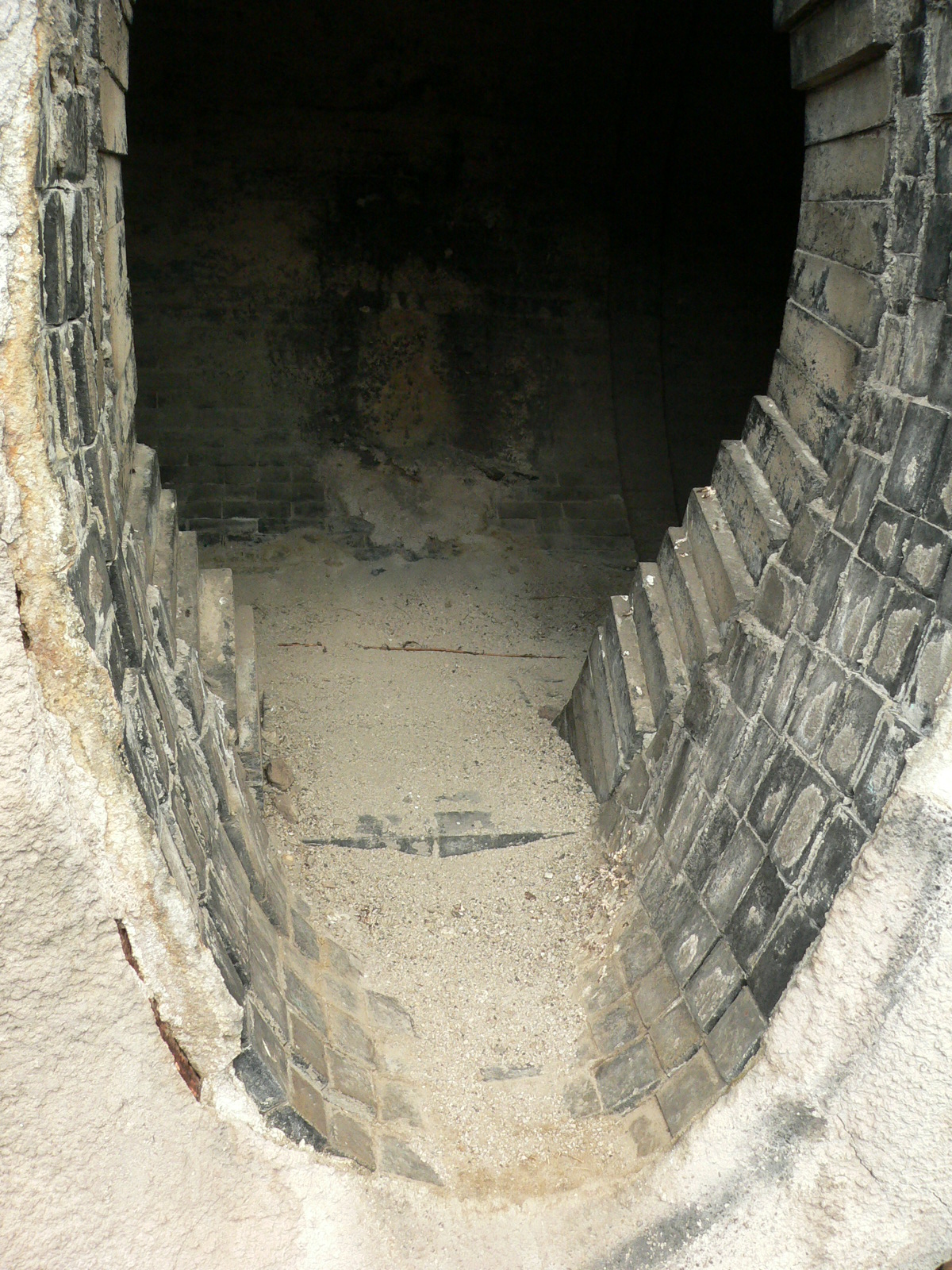Alright, let’s talk about them refractory thingamajigs. You know, the stuff they use in them real hot places.
I ain’t no fancy scientist, but I can tell ya, these refractories, they’re important. They gotta be tough, real tough, ’cause they’re used where it’s hotter than a summer day in July, hotter than my old wood stove on full blast.


So, where do they use these things? Well, lemme tell ya, they use ’em everywhere you got somethin’ burnin’ real hot. Like in them furnaces. You know, them big ol’ things they use to melt metal. Yeah, they gotta line them furnaces with refractories, otherwise the whole thing would just melt down like butter in a hot pan.
And them kilns too. Them things they use to bake bricks and pottery. Same deal, gotta keep the heat in and the walls from meltin’. It’s like puttin’ rocks around your campfire, only on a much bigger scale, you understand?
- Furnaces: Keeps them metal-meltin’ places from, well, meltin’.
- Kilns: Used in bakin’ bricks and pottery, gotta handle the heat.
- Incinerators: Where they burn all that trash, super hot in there.
- Reactors: Don’t ask me what they do in there, but it’s hot, real hot, and they need refractories.
They also use them refractories in them incinerators, where they burn all that garbage. Can you imagine how hot that gets? Gotta have somethin’ tough to hold up to that heat, or the whole place would go up in flames, wouldn’t it?
And then there’s them reactors. Now, I ain’t got a clue what goes on in them reactors, some kind of fancy science stuff, but I hear they get mighty hot. So, they need refractories there too, to keep everything from blowin’ up.
But it ain’t just them big ol’ machines. They also use refractories to make crucibles and molds. You know, them pots they melt metal in and them things they pour the melted metal into to make shapes.
The iron and steel industry, they use a whole heap of these refractories. Seventy percent, I heard. That’s a lot, ain’t it? And the metal castin’ folks too. Makes sense, I guess, since they’re the ones workin’ with all that hot metal.


Heck, they even use ’em in the glass makin’ business. Gotta have somethin’ to hold that melted glass, right? And in cement makin’ too. And ceramics. And petrochemicals. And machines. And boilers. Seems like everywhere you look, if it’s hot, they’re usin’ refractories.
So, what exactly are these refractories made of? Well, mostly ceramics, they say. Stuff that can stand the heat. Stuff that won’t melt or break down when things get cookin’. It’s gotta be stubborn, you know? Like a mule that won’t budge.
Think of it this way, if you got somethin’ that needs to stay strong when it’s hotter than heck, you’re gonna use refractories. They’re the unsung heroes of the high-temperature world, I tell ya. They keep things runnin’ smooth, even when the heat is turned up high.
So next time you see a furnace or a kiln or somethin’ that’s workin’ at real high temperatures, just remember them refractories. They’re doin’ the hard work, keepin’ everything from meltin’ down and fallin’ apart. They might not be pretty, but they’re darn important, that’s for sure. Without ’em, well, things would just get messy, wouldn’t they?
Refractories are used everywhere, in all sorts of industries. From makin’ steel to makin’ glass, from burnin’ trash to doin’ whatever it is they do in them reactors. If it’s hot, you can bet there’s refractories involved.
And that’s about all I know about them refractories. They’re tough, they’re strong, and they keep things from meltin’. What more do you need to know?


Tags: [Refractories, High Temperature Materials, Furnaces, Kilns, Industrial Materials, Ceramics]

